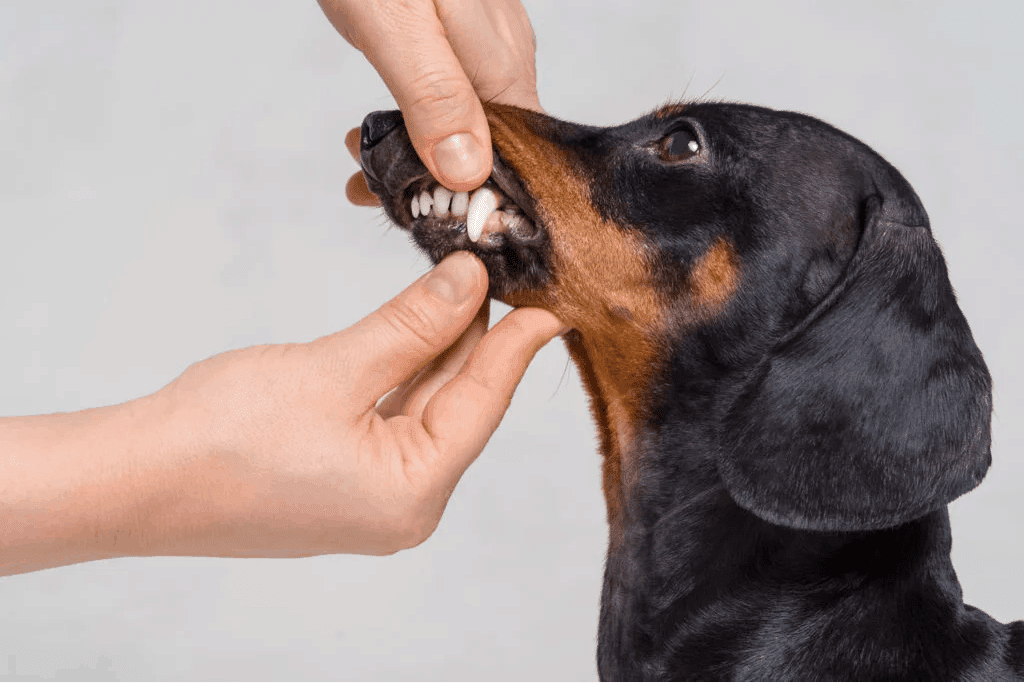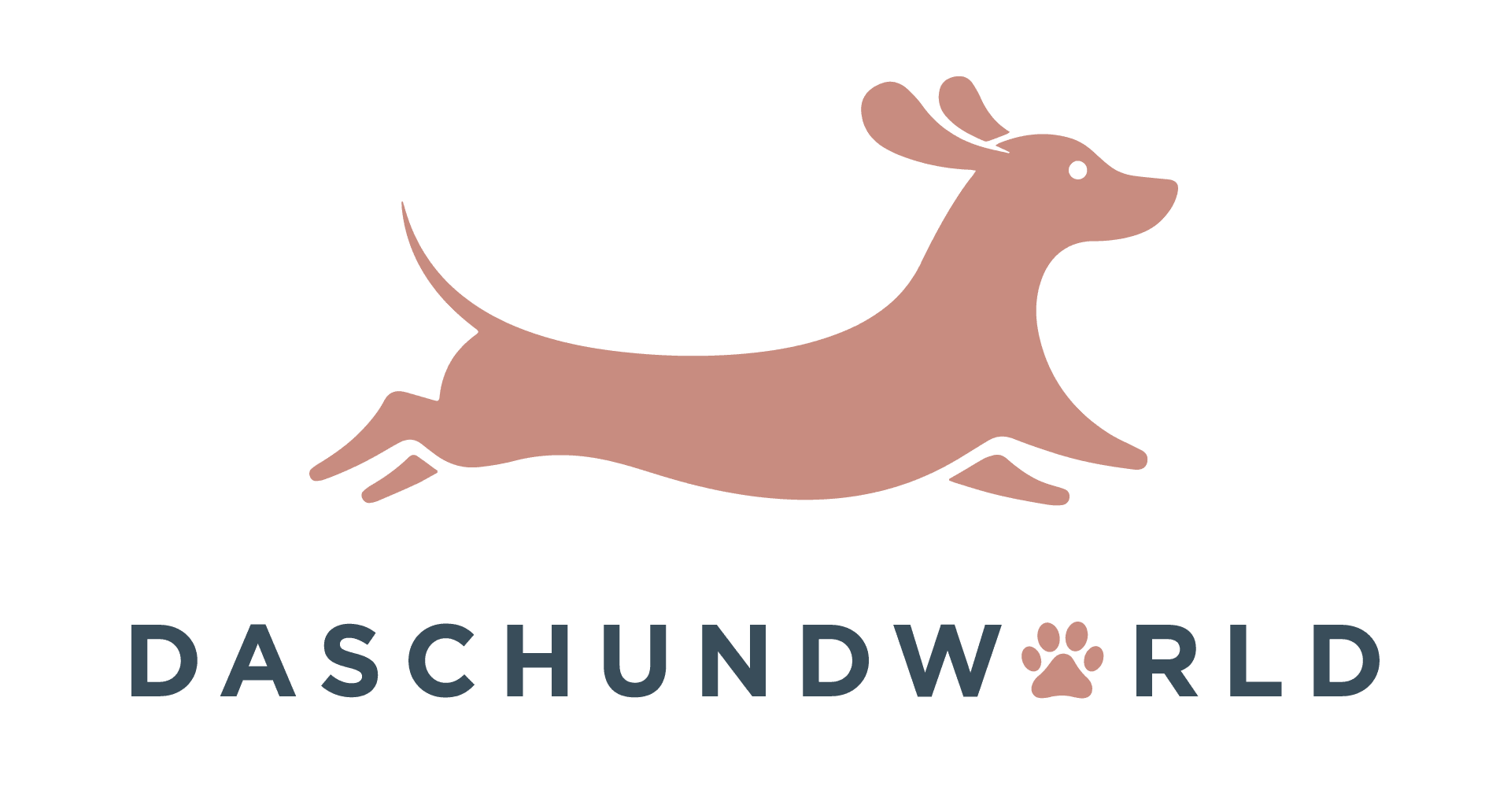
The growth pattern and structure of our teeth are similar to dog’s teeth. Soon after birth, a full set of temporary or deciduous teeth are produced in the same way as children have milk teeth. Dog owners often describe them as sharp needles. The shape differs from permanent teeth which eventually replace these temporarily between the 4 – 6 months.
Initial tooth problems vets are presented with are usually related to malpositioning of the temporary teeth and their failure to come out when the permanent teeth come in. This can cause the malformation of the mouth, root problems, and gum disease. The puppy’s mouth should be checked carefully for temporary teeth that did not come out at about 5 months.
Permanent teeth last a dog’s lifetime. People usually brush their teeth twice daily and dentists would also encourage flossing. Tartar, plaque, and eventually mouth disease occur if we don’t take care of this daily oral hygiene. Our breath smells and our mouth has a bad taste. Dogs are no different. In the wild dogs would hunt and chew on fur and bone – nature’s own toothbrush. Today’s canned food is mushy, even dry foods just crumble with little benefit to the gums where the disease is likely to occur. Without regular cleaning, food deposits in the crevices between teeth and gums acting as a food source that bacteria love. Plaque and then tartar then develop and finally, tooth decay occurs.
Tartar is a mixture of food, debris, mineral salts, and bacteria deposited on and around teeth, which causes gum recession, tooth root exposure, gingivitis, tooth loosening, and eventual tooth loss. It’s possible to stop this by following a few preventative measures.
Puppies
- Start early. Play with your puppies’ mouths. Get your puppy used to you putting your fingers in their mouth and rubbing their gums a couple of times per day.
- Buy a small dog toothbrush and gently run it inside the cheek pouch next to the molars and around the sharp ‘spiky’ canine teeth.
- As the puppy gets older use animal toothpaste with a properly sized brush to suit your dog. People’s brushes are too big and usually too short. The C.E.T Dual-headed Toothbrush works well. Don’t use human toothpaste as they foam up which dogs hate. Plus the usual mint flavoring is not preferred by dogs as much as we tend to like it.
- Use a good quality toothpaste, such as the C.E.T Malt and C.E.T Poultry pastes which have an enzymatic base and are easy to use.
Older dogs
- If you’ve already missed the puppy period with your dog, there are other options worth looking at. Logic Oral Gel comes in a tube and can be effectively applied by a brush but most people will just put it on their finger and rub it onto the gums and cheek daily after the main meal. It helps kill bacteria, reduces plaque, and tartar in the mouth. It also helps with doggie breath.
- Dental treats and toys are also useful at controlling dental tartar. They come in all sizes and with their chewable hide base infiltrated with enzymes to degrade tartar. They’re a helpful aid in fighting mouth disease. There are several dental toys on the market. The Kong Dental Toy is well shaped, effective, and robust.
Puppy teething
Puppies and chewing are natural. As new teeth begin to emerge, chewing helps ease the discomfort caused by the sore gums. Other times chewing is just a way of relieving boredom, and other times it’s the puppy’s way of exploring their new world.
Puppy owners should accept a certain amount of chewing, even as the dog matures. Eventually, the chewing will stop, but it may take several years. Meanwhile, make sure loose items are not left lying about that will be tempting. Keep plenty of chew toys around for your puppy. These should not be items that look like banned items. Items should be by all means safe and not a choking threat. Make sure they are safe and not something he can choke on. Rotate toys to maintain interest. Play with the puppy as much as possible. When you see him chewing on a no-no, give a strong “no” and take away the item. Give him an acceptable chew toy in place.
READ MORE: How to brush your Dachshund’s teeth
Diets good for good dental hygiene
Hard crunchy foods tend to be better for the teeth than soft ones although there is nothing wrong with feeding a proportion of canned food. Food that we have seen excellent results with, is Hills Canine. This is a dried food with oversized kibble that has flattened upper and lower sides. This makes the kibble fit between the teeth on a set plane and can only be crunched from one direction. Each kibble has a fiber lattice laid inside it. As the dog bites, the teeth go through the fiber which acts like a toothbrush. Dogs on at least 50% of this product appear to have significantly cleaner teeth than those who are not. Nutritionally it is geared to middle-aged and older dogs.
If your dog has dental disease
See your vet and discuss what level of treatment is available. Removing tartar is the first level of treatment. Tartar and plaque can both be removed using an ultrasonic scaler. Afterward, the teeth must be polished. This improves dental health by minutely cleaning the surface and slowing the re-deposition of tartar. Teeth with cavities may be filled. This is not an inexpensive option and many owners and vets usually feel it’s better to remove these teeth. Ask whether your vet has the facility to drill and fill. If tooth roots are very exposed, these teeth may need to be removed as well.
Mouth disease
Infection of the gums (gingivitis) may warrant antibiotics. However, mouth disease may represent more severe disease problems. If caught early, correcting procedures can be used. Dogs with kidney disease or diabetes may have smelly, infected, mouths. Dogs with tumors and cancer of the mouth also present these same conditions. Early diagnosis is essential. Secondary diseases can occur as a result of poor dental hygiene. Dogs with gingivitis are a reservoir of infection that allows bacteria to throughout the body where they end up in the organs. This can cause heart valve, kidney, and liver disease all a result of bad oral hygiene.
If in doubt about mouth health, visit your vet. If your dog has tartar and plaque get the teeth cleaned and then make sure that a regimen of dental care and hygiene is put into place. Better still, don’t let your dog’s mouth get into a condition where dental treatment becomes necessary.
